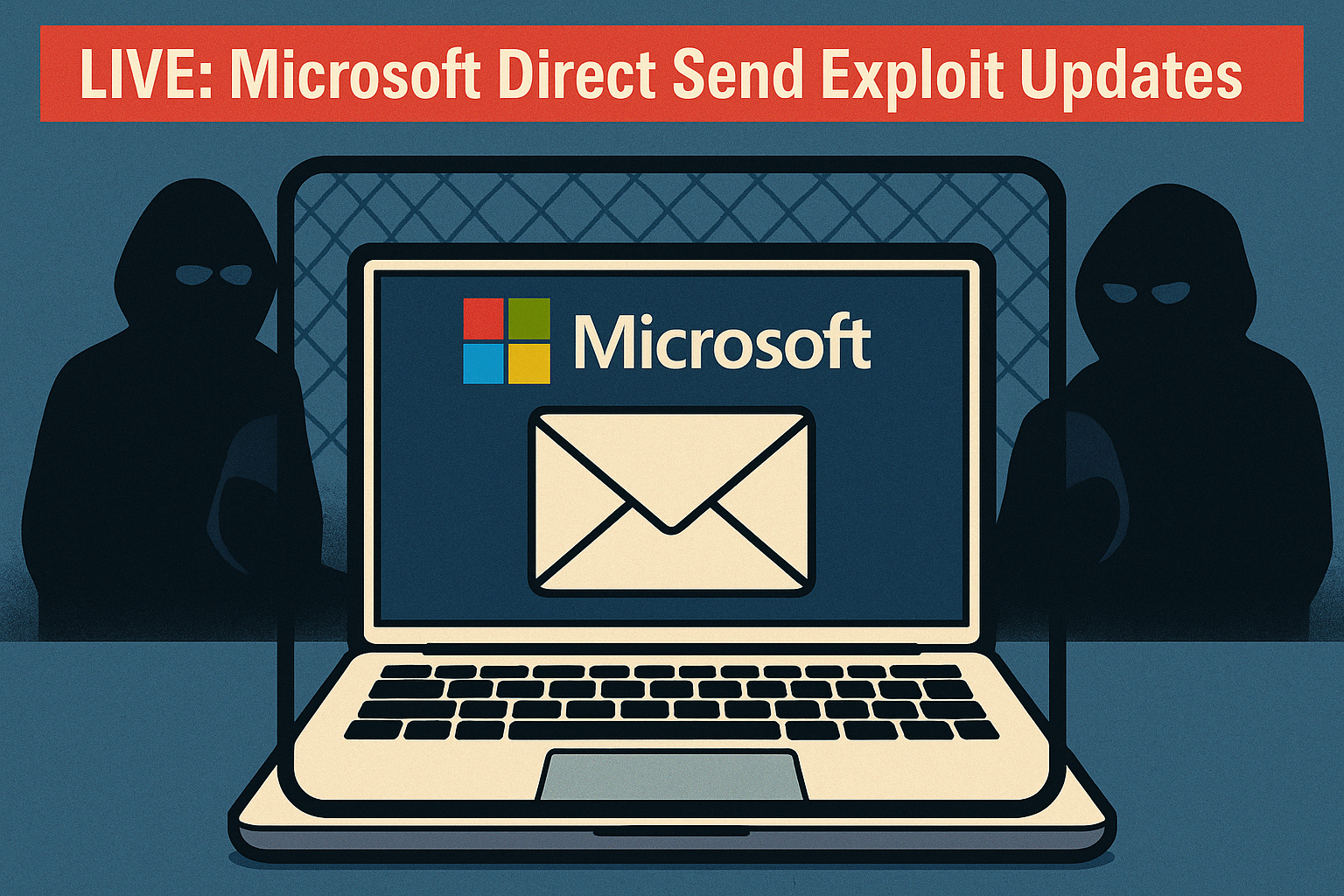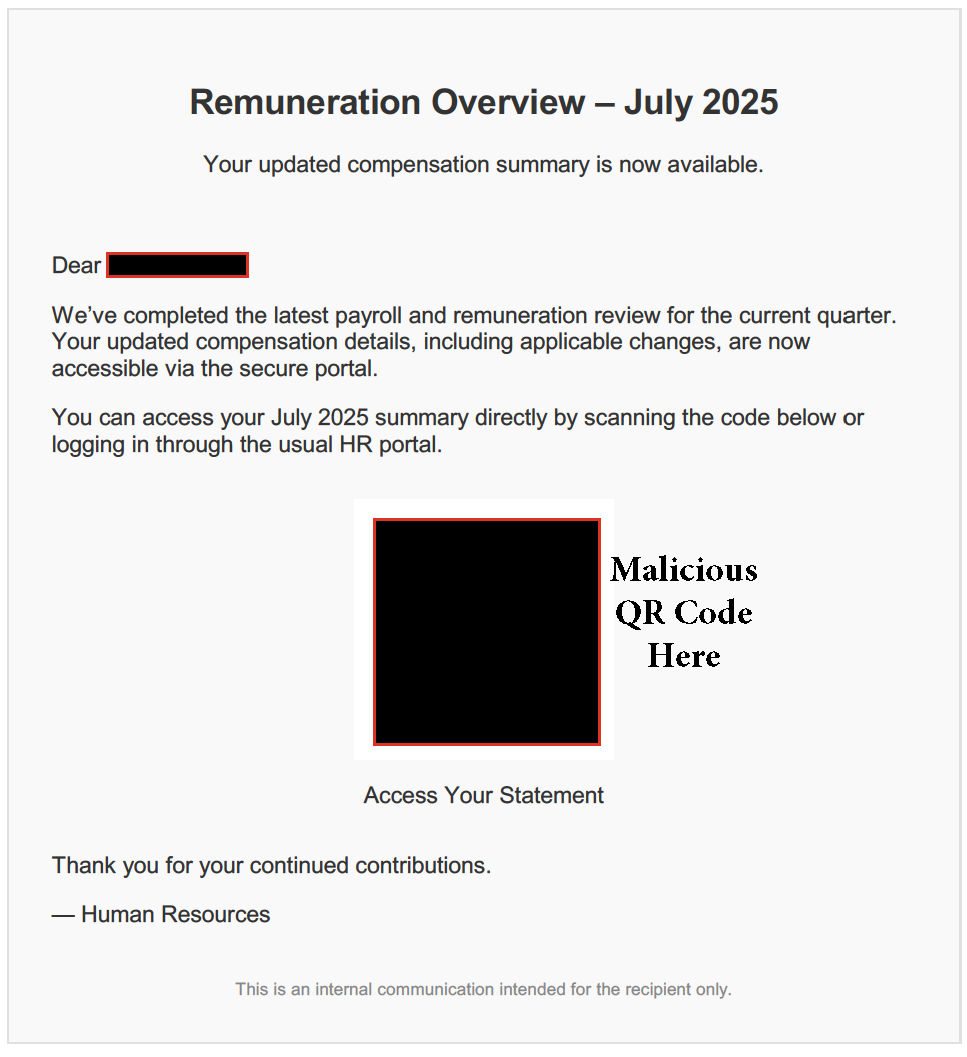Table of Contents
Phishing attacks are surging. As a result, threat actors are quickly evolving their tactics to bypass legacy systems and deceive vulnerable targets, causing IT and Security teams to spend more time and money responding to threats across new attack surfaces. Unfortunately, according to the Osterman Research report, The Business Cost of Phishing, “Most organizations anticipate that Phishing threats will get work, and many would like to be better equipped to deal with it.”
This post reveals some of the attack platforms that IT and Security leaders are seeing cybercriminals use to carry out their phishing attacks.
4 Emerging Delivery Mechanisms for Phishing Attacks
Messaging Apps
In August 2022, it was reported that an attack known as the “mum and dad” scam was costing Australian residents more than $2 million. In the scam, the attacker messages the victim on the popular messaging app, WhatsApp, pretending to be the victim’s child in need of money.
With over 2 billion active users globally, cybercriminals are likely to increase their use of messaging apps like WhatsApp to deliver phishing threats. According to Osterman Research, 57% of respondents are already seeing attacks reaching end users on messaging apps.
Cloud-based File Sharing Platforms
Attackers have impersonated popular file-sharing platforms to steal credentials for a while now, and it doesn’t seem like that will slow down anytime soon. 50% of the recent Osterman research survey respondents indicated that they are seeing attacks delivered from cloud-based file-sharing platforms.
A common strategy includes spoofing a file-sharing email and login page to access credentials. However, a new trend has emerged where threat actors use the comment feature in Google Docs to deliver malicious links to the target’s inbox.
Text Messaging Services
Another popular delivery mechanism for phishing (or smishing in this case) attacks is through text messaging services. The Business Cost of Phishing reports that 49% of IT and Security teams are seeing these types of attacks.
A recently effective adaptation of a smishing attack is the nag attack in which the attacker, usually under the guise of IT, repeatedly sends the intended victim the same message in the hopes that the target will respond or click a link that will give the attacker access to sensitive data. Attackers have already successfully breached enterprises like Uber with these types of attacks. With high rewards and increasing success rates, IT and Security teams need to be aware of these attacks and include them in their Phishing Simulation Testing Campaigns.
Collaboration Platforms
As more and more businesses rely on collaboration platforms, like Microsoft Teams and Slack, to communicate with a globally distributed and remote workforce, attackers are exploring opportunities to use these platforms to deliver their attacks. In The Business Cost of Phishing, 40% of survey respondents indicate that they are seeing attacks on Teams and Slack.
Protecting your organization against attacks on Microsoft Teams will become a critical component of your security strategy.
Download the Osterman Research Report, The Business Cost of Phishing, to see how phishing is impacting businesses, what threats IT and Security leaders are concerned about, and insights into the evolving threat landscape.
Explore More Articles
Say goodbye to Phishing, BEC, and QR code attacks. Our Adaptive AI automatically learns and evolves to keep your employees safe from email attacks.

/Concentrix%20Case%20Study.webp?width=568&height=326&name=Concentrix%20Case%20Study.webp)













.webp?width=100&height=100&name=PXL_20220517_081122781%20(1).webp)


